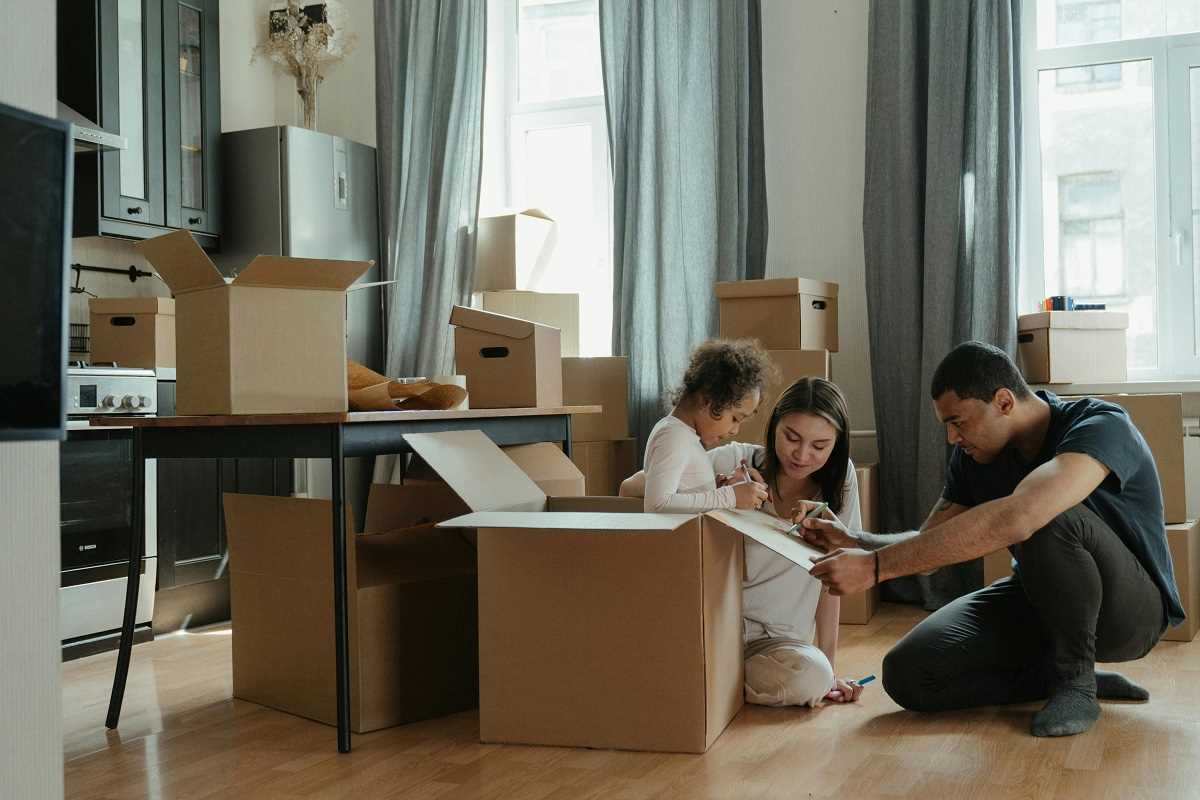Home safety becomes much easier when you have a straightforward guide to rely on. This resource offers simple steps that anyone can follow and adjust to match unique household routines. You will find helpful tips and easy-to-use checklists designed to make securing your home feel manageable and stress-free. By putting these steps into practice, you can create a safer environment for everyone in your household while addressing daily challenges and concerns. Take the guesswork out of home safety and enjoy greater peace of mind as you go about your day-to-day activities.
Taking simple, preventive measures will give you more confidence in managing unforeseen events. By focusing on everyday actions, you ensure that every member of your home feels secure and prepared should anything unexpected happen.
Identifying Unique Safety Risks in Your Home
Every home faces its own set of challenges. Start by looking around and identifying potential hazards unique to your living situation. Consider factors like the age of your property, neighborhood concerns, and any special conditions related to family members such as allergies or medical needs. Noticing these details can guide you in making informed choices that improve overall safety.
Reflect on everyday routines and specific areas of the house that might need extra attention. List items that could be hazards, such as faulty wiring or slippery bathroom floors. This step helps you develop awareness of risk factors that you might have overlooked before.
- Outdated home systems like old smoke detectors or wiring.
- Cluttered areas prone to trips and falls.
- Household chemicals or cleaning supplies stored without proper labeling.
- Vulnerable entry points that could invite unwanted visitors.
- Pets who might react unpredictably during stress or emergencies.
Essential Safety Supplies Every Home Should Have
It is important to keep a stock of necessary safety supplies in your home. When an emergency arises, having these items within reach can make a big difference. Check that your supplies are up to date and stored where everyone can know their location. This preparation ensures your family can act quickly and confidently when needed.
Gathering a well-stocked kit involves collecting a mix of health supplies, communication tools, and protective gear. Think about what works best for your household as you compile your list of essential items.
- A fully stocked first-aid kit with medications, bandages, and antiseptics.
- Emergency food and water supplies to last at least three days.
- A flashlight with extra batteries or a rechargeable device.
- Important documents stored safely in a waterproof container.
- Fire extinguisher and a pool of basic tools for home repairs.
Creating and Practicing Emergency Plans
Organizing clear emergency procedures can give your whole family peace of mind. Sit together as a group and decide on steps everyone will take if an emergency occurs. It is vital to know exactly how to respond to situations like fires, extreme weather, or even unexpected visitors.
Run through your plan slowly the first time and then try out the full drill. Familiarity with the plan helps each family member react calmly and correctly when the time comes to act. Make sure that any visitors or caregivers also know your established rules.
Communication Strategies for Families
Ensuring that each family member understands what action to take during an emergency is essential. Hold regular meetings to review your plans and practice phone call procedures in case you end up separated. Clear communication during a crisis can be what makes the difference between confusion and effective action.
Discuss and update contact lists for relatives, friends, and local key services. Consider using a whiteboard or a family communication chart in a common area to keep everyone informed about any changes in plans or safety measures.
Using Technology in Your safety planning steps
Technology now plays a large role in keeping homes secure. Use smart home devices, apps, and alerts to stay on top of any unusual activity around your residence. Setting up digital alarms or using home surveillance cameras can provide essential monitoring when you are away.
Invest in gadgets that are easy to manage and give quick data on household safety needs. For example, mobile apps can remind you when to replace batteries in smoke detectors or perform routine equipment checks. These tools help you maintain continuous protection for your home.
Staying Informed and Updating Your safety planning
Regularly update your safety plans as your family or environment changes. Stay alert to local news and expert advice to adjust your approach. Simple, current measures provide lasting peace of mind and help everyone feel prepared.
 (Image via
(Image via





